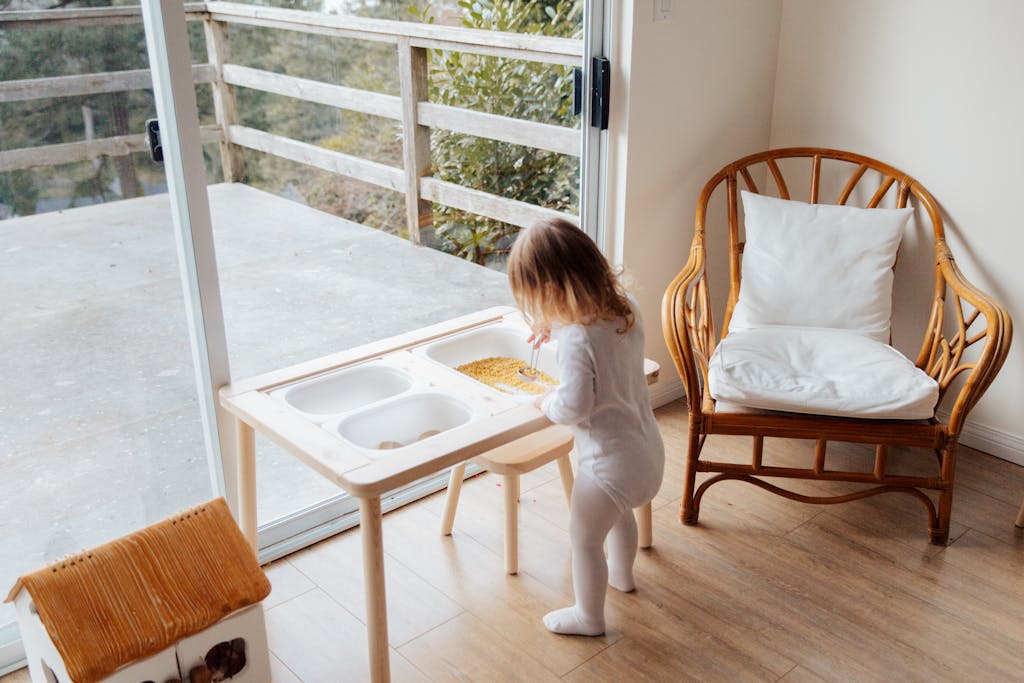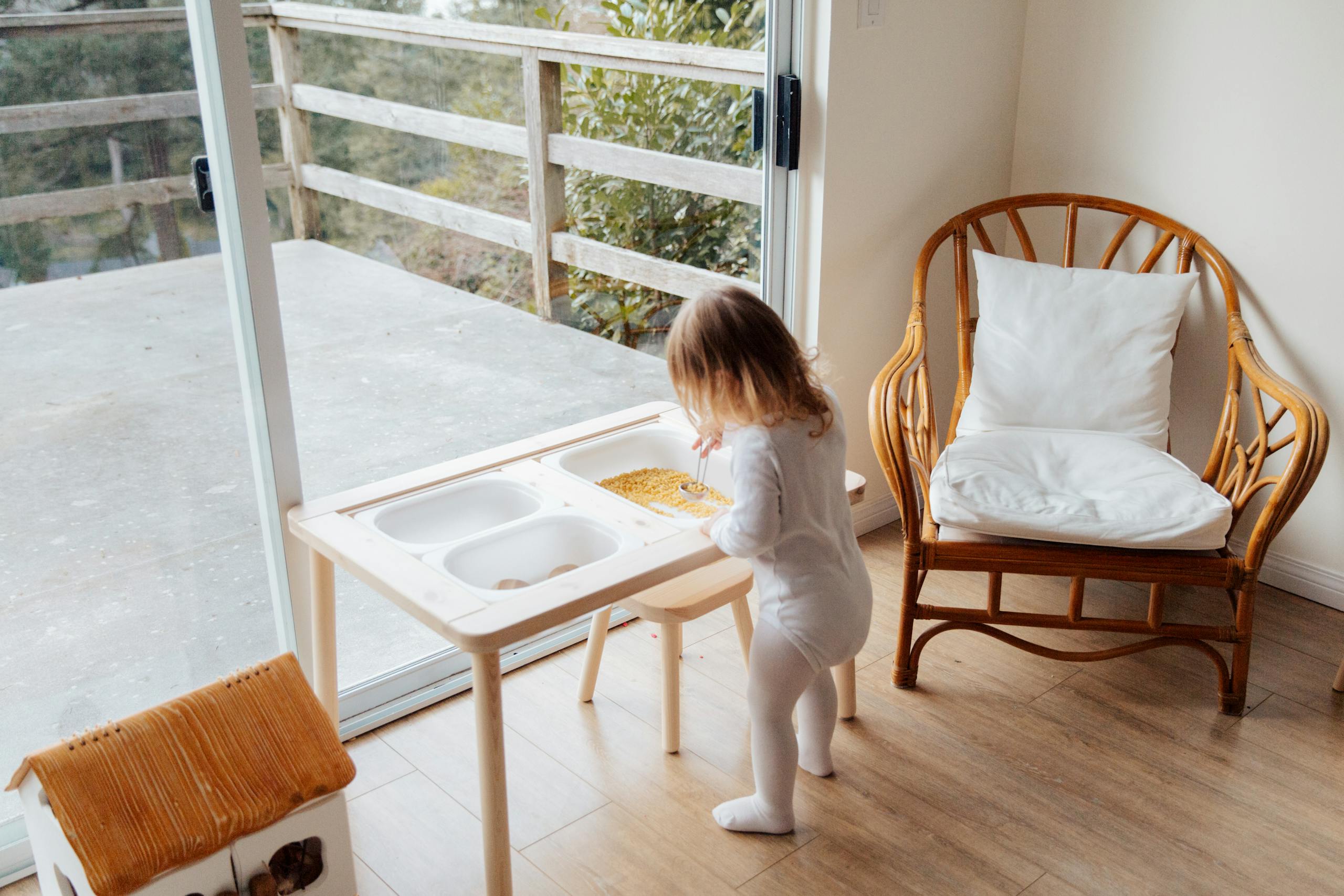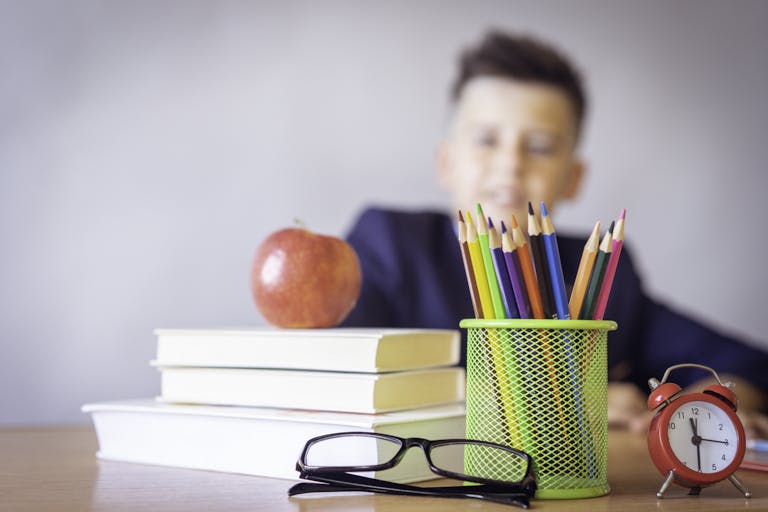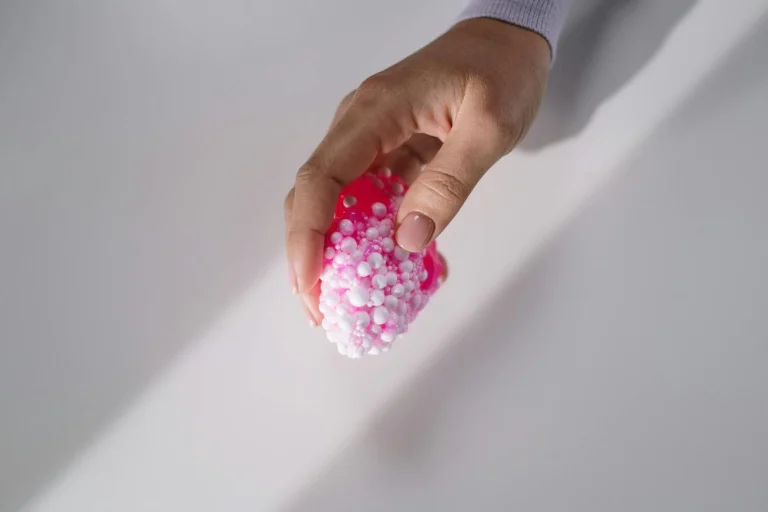DIY Sensory Bins: Easy Ideas for Every Age
DIY Sensory Bins: Easy Ideas for Every Age

**Affiliate Disclosure:** This post may contain affiliate links. This means that if you click on one of my links and make a purchase, I may receive a small commission at no additional cost to you. I only recommend products or services that I personally use and believe will be beneficial to my readers. The earnings from these links help support this website and its content. Thank you for your support <3
Sensory bins are one of the best ways to encourage hands-on learning, creativity, and independent play. They offer a screen-free, engaging activity for children of all ages while stimulating their senses, improving fine motor skills, and promoting cognitive development. Plus, they’re easy to create at home with everyday materials!
Whether you’re making a sensory bin for a toddler, preschooler, or older child, this guide will provide age-appropriate sensory bin ideas, step-by-step setup instructions, and tips for keeping playtime fun and mess-free.
What is a Sensory Bin?
A sensory bin is a container filled with materials that engage a child’s senses—touch, sight, sound, and sometimes smell and taste. These bins encourage exploration, creativity, and problem-solving skills while providing a calming, focused activity.
Why Are Sensory Bins Beneficial?
✔ Boosts brain development by creating new neural connections
✔ Enhances fine motor skills through scooping, pouring, and grasping
✔ Encourages language development as children describe textures and actions
✔ Promotes independent and imaginative play
✔ Provides a calming, therapeutic experience, especially for children with ADHD or sensory processing challenges
How to Make a DIY Sensory Bin
Creating a sensory bin at home is simple, affordable, and customizable for different ages and themes. Here’s what you’ll need:
Materials Needed:
✅ A container – A shallow plastic bin, large tray, or even a shoebox will work
✅ A base material – Rice, beans, pasta, sand, shredded paper, or kinetic sand
✅ Tools for scooping & pouring – Spoons, cups, tongs, measuring scoops
✅ Themed items – Small toys, natural objects, letters, numbers, or puzzle pieces
✅ Sensory elements – Dried herbs, essential oils, or scented materials for added stimulation
💡 Pro Tip: Keep sensory bin materials stored in separate bags or containers so you can easily swap them out for new themes.
Sensory Bin Ideas for Every Age
Sensory bins can be adapted to different age groups based on their developmental needs. Below, you’ll find age-specific ideas that provide the best learning experience.
Sensory Bins for Toddlers (Ages 1-3)
At this stage, sensory play focuses on exploration, discovery, and fine motor skill development. Always choose taste-safe materials in case they put items in their mouths.
1. Oatmeal Sensory Bin (Taste-Safe)
🍼 What You Need:
- Dry oats or instant oatmeal
- Measuring cups, spoons, and bowls
- Plastic animals or toy cars
👶 How It Helps:
Oatmeal is soft and safe for little ones who may still be mouthing objects. Scooping and pouring improves hand-eye coordination and grasping skills.
2. Water Play Bin
💦 What You Need:
- A shallow plastic tub with water
- Floating objects (sponges, rubber ducks, plastic cups)
- A small strainer for scooping
👶 How It Helps:
Water play stimulates tactile senses, helps develop pouring and grasping skills, and introduces cause and effect concepts.
➡️ Related Read: Mess-Free Sensory Play for Moms Who Hate the Cleanup
Sensory Bins for Preschoolers (Ages 3-5)
Preschoolers are ready for more interactive and themed sensory bins that help develop problem-solving skills, creativity, and early learning concepts.
3. Rainbow Rice Sensory Bin
🌈 What You Need:
- Uncooked rice
- Food coloring and vinegar
- Measuring cups, funnels, and small containers
🎨 How to Make It:
- Divide rice into bowls.
- Add a few drops of food coloring and a teaspoon of vinegar to each bowl.
- Stir, then let it dry on a baking sheet.
- Once dry, mix the colors together in a bin.
👧 How It Helps:
Scooping, pouring, and sorting colors strengthen fine motor skills and color recognition.
➡️ Related Read: How to Store and Organize Sensory Bins Like a Pro
4. Nature Exploration Bin
🍂 What You Need:
- Leaves, pinecones, acorns, and sticks
- Small magnifying glass
- Tweezers or tongs for picking up items
🌿 How It Helps:
Encourages scientific curiosity, improves observation skills, and introduces textures and natural elements.
Sensory Bins for School-Age Kids (Ages 6+)
Older children benefit from more complex sensory bins that incorporate problem-solving, creativity, and STEM-based learning.
5. DIY Fossil Dig Sensory Bin
🦖 What You Need:
- Kinetic sand or homemade cloud dough
- Small dinosaur toys
- Paintbrush and mini shovel
🔎 How It Helps:
Encourages scientific exploration, fine motor skills, and imaginative play.
6. Space-Themed Sensory Bin
🚀 What You Need:
- Black beans (to represent space)
- Glow-in-the-dark stars and planets
- Small toy astronauts or spaceships
🌌 How It Helps:
Teaches space concepts, promotes storytelling, and encourages creative thinking.
Sensory Bin Safety Tips
🔹 Always supervise young children to prevent choking hazards.
🔹 Use taste-safe materials for toddlers.
🔹 Check for allergies before introducing new materials.
🔹 Rotate bins regularly to keep playtime fresh and engaging.
Making Sensory Play Part of Your Routine
Incorporating sensory bins into daily activities doesn’t have to be complicated. Try these simple ideas:
✔ Morning Play: Set up a quick bin with kinetic sand before breakfast.
✔ Quiet Time: Offer a rice or pasta bin when kids need a calm activity.
✔ Learning Time: Use letter or number-themed sensory bins for preschool learning.
✔ Outdoor Play: Bring water or sand bins outside for mess-free fun.
💡 Pro Tip: Store materials in labeled containers so you can quickly swap out bins based on your child’s interests!
Final Thoughts: The Magic of DIY Sensory Bins
Sensory bins are a powerful tool for early childhood development, providing hands-on learning, fine motor skill practice, and independent play opportunities. Whether you have a curious toddler, an imaginative preschooler, or a hands-on school-age child, there’s a DIY sensory bin idea for every stage.
By making sensory play part of your daily routine, you’re helping your child explore, learn, and develop essential skills—all while having fun!







